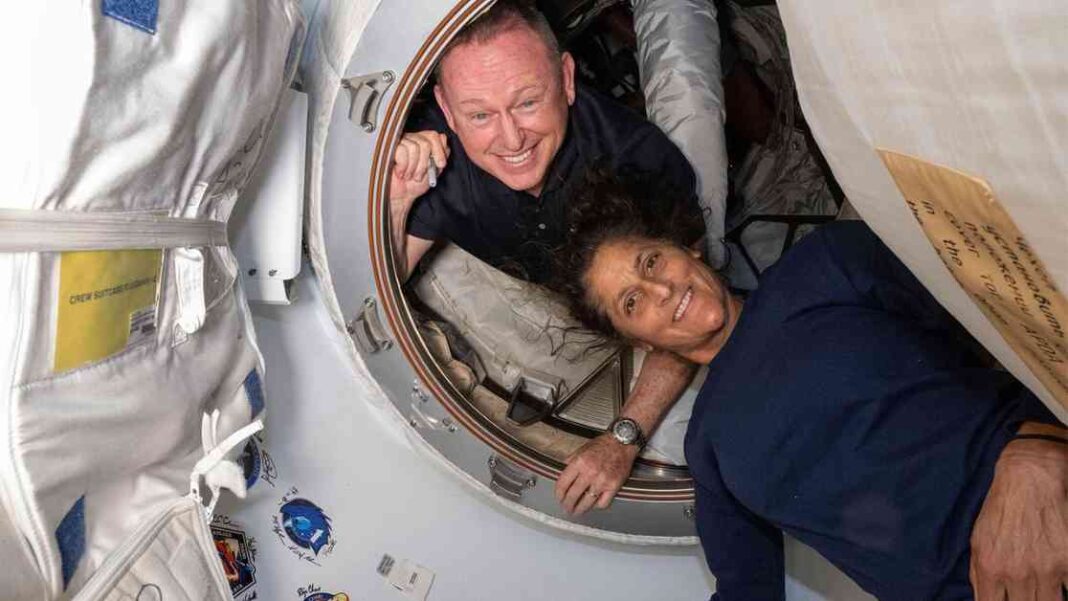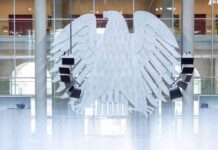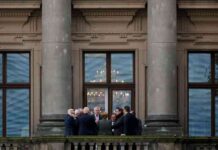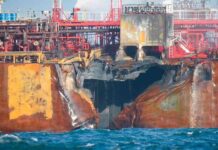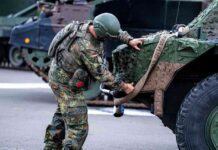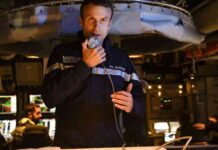US Astronauts to Remain on ISS Until February: Issues with Starliner
The planned return of two US astronauts from the International Space Station (ISS) has been further delayed, with NASA now aiming to bring them back in February using a SpaceX spacecraft instead of Boeing’s troubled Starliner.
NASA announced during a press conference that the two astronauts, who have been aboard the ISS longer than expected due to issues with Boeing’s Starliner, will now have to wait until February to return to Earth. The decision to use SpaceX’s Crew Dragon for their return was made for safety reasons, according to NASA Administrator Bill Nelson.
Mission Extended Due to Technical Problems
NASA astronauts Suni Williams and Barry Wilmore arrived at the ISS in early June on the first crewed test flight of the Starliner. The mission was originally intended to last only about a week, but technical problems with the Starliner, such as helium leaks and engine difficulties, led to the extension of their stay on the ISS.
After evaluating their options, NASA decided to postpone the astronauts‘ return until February and utilize the Crew Dragon spacecraft, which is scheduled to launch in September, instead of the Starliner.
Boeing’s Starliner Troubles Continue
Boeing’s Starliner, a partially reusable spacecraft consisting of a crew capsule and a service module, has faced a series of setbacks recently. Unlike SpaceX’s Crew Dragon, the Starliner lands on solid ground rather than in the water.
In May 2022, the Starliner completed its first successful unmanned flight to the ISS, spending four days at the station. The spacecraft is intended to serve as an alternative to the Crew Dragon for transporting astronauts to the ISS.
Challenges with Boeing’s Starliner
Boeing’s Starliner program has encountered numerous technical challenges since its inception, raising concerns about the spacecraft’s reliability and safety. The issues with the Starliner have not only affected the current mission but have also raised questions about the future of Boeing’s spaceflight endeavors.
The decision to delay the astronauts‘ return and switch to the Crew Dragon highlights the ongoing difficulties faced by Boeing in ensuring the successful operation of the Starliner. NASA’s priority is to ensure the safety of the astronauts and the success of the mission, which has led to the use of SpaceX’s spacecraft for the return journey.
Implications for Future Space Missions
The setbacks with Boeing’s Starliner program could have broader implications for future space missions and the commercial space industry as a whole. As companies like SpaceX and Boeing vie for contracts with NASA and other space agencies, the ability to deliver reliable and safe spacecraft is paramount.
The delays and technical issues with the Starliner raise questions about Boeing’s competitiveness in the commercial space sector and its ability to meet the rigorous standards set by NASA for crewed missions. The success of the Crew Dragon program contrasts with the challenges faced by the Starliner, underscoring the importance of robust and reliable spacecraft for human spaceflight.
Lessons Learned and Path Forward
The difficulties encountered with the Starliner serve as a valuable lesson for Boeing and the broader aerospace industry. Addressing the technical issues and ensuring the reliability of the spacecraft are critical steps in regaining confidence in the Starliner program.
Moving forward, Boeing will need to demonstrate a commitment to resolving the issues with the Starliner and delivering a spacecraft that meets the standards set by NASA and other space agencies. The success of the Crew Dragon program showcases the potential for commercial spaceflight and the importance of meeting the demands of crewed missions.
In conclusion, the challenges with Boeing’s Starliner have led to the postponement of the return of US astronauts from the ISS and the use of SpaceX’s Crew Dragon for the journey back to Earth. The lessons learned from this experience will shape the future of commercial spaceflight and the development of spacecraft for crewed missions.
